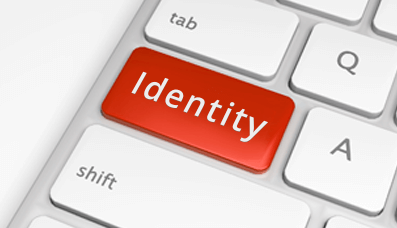when you subscribe to Equifax Complete™ Premier
FREE for the first 30 days, then $24.95 per month. Cancel with Equifax Canada at any time; no partial month refunds.41
Get Started with Your 30-Day FREE TrialA credit report is a summary of your credit history, reported to credit bureaus by lenders and creditors. Learn about positive and negative information on your credit report, and how creditors may use this information.
A credit score is a three digit number, typically between 300 and 900, which is designed to represent your credit risk, or the likelihood you will pay your bills on time. A credit score is calculated based on the information in your credit report.
Identity thieves have gotten more sophisticated in their methods, and they can access your personal information in countless ways.
